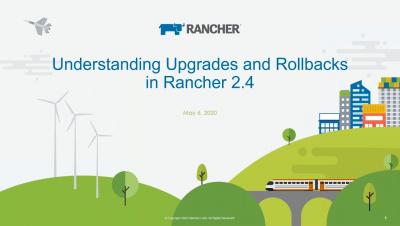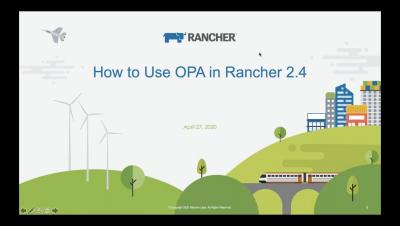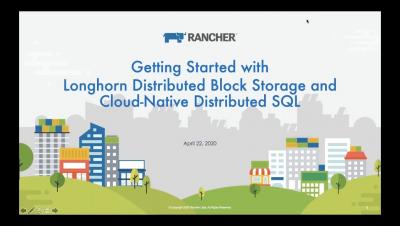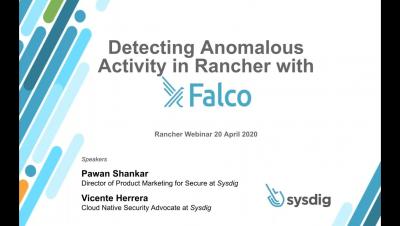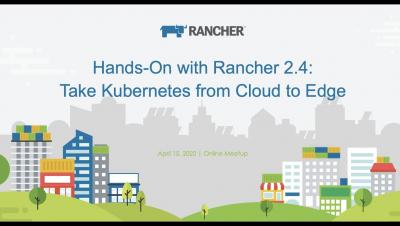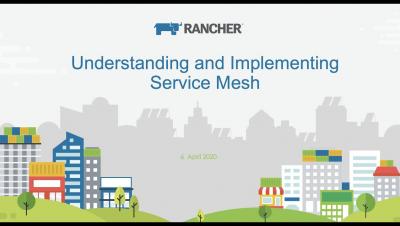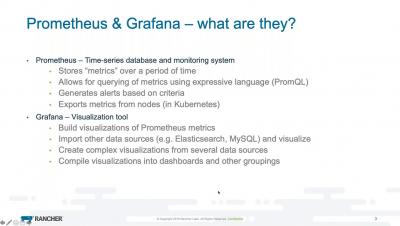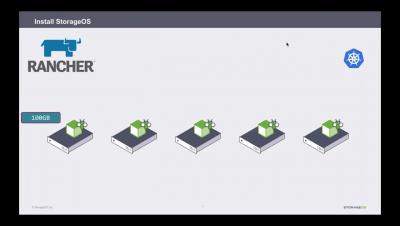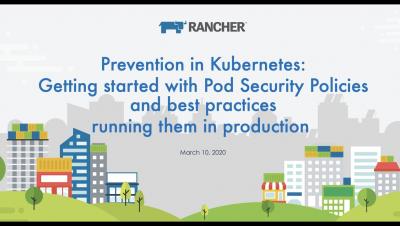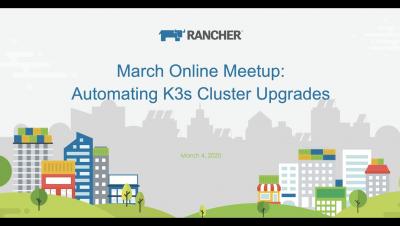Service mesh has developed a huge amount of excitement in the Kubernetes ecosystem. Istio is a service mesh tool built right into Rancher. Service mesh promises to add fault tolerance, canary rollouts, A/B testing, monitoring and metrics, tracing and observability, and authentication and authorization, eliminating the need for developers to instrument or write specific code to enable these capabilities. The goal is to let developers focus on their business logic and leave the rest to Kubernetes and Istio. But many users find it challenging to install, configure, monitor and manage their service mesh solution.


